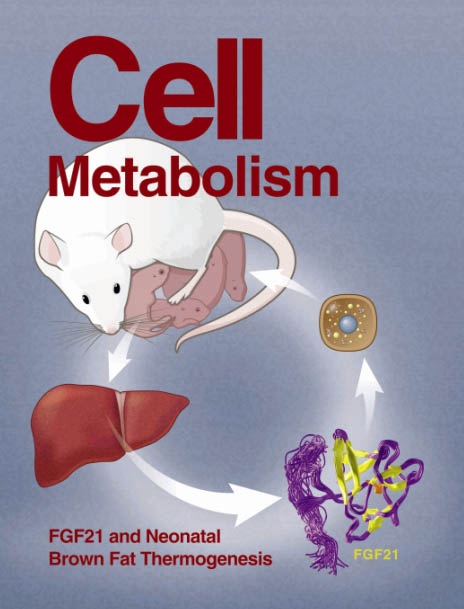测试碳水化合物-胰岛素模型:数据是支持的!
IF 30.9
1区 生物学
Q1 CELL BIOLOGY
引用次数: 0
摘要
尽管以能量限制为重点的密集预防和治疗,但世界范围内的平均体重仍在持续上升,导致肥胖发病机制的新模型的形成。在碳水化合物-胰岛素模型(CIM)中,高血糖负荷(GL)(血糖指数[GI]与碳水化合物量的乘积)的饮食启动了一系列激素反应,使瘦组织中的底物分化2转向能量储存,远离氧化。因此,CIM提供了一个致谢。这项工作是在没有财务赞助的情况下完成的。利益声明书与人合著了几本关于食物血糖指数的书籍,在悉尼大学监督血糖指数测试服务,并担任中国食品和发酵工业研究院、诺和基金会和佐伊全球的顾问。2002年至2024年,她担任升糖指数基金会主席。D.S.L出版了关于肥胖和营养的书籍,推荐了一种降低血糖负荷的饮食,并因此获得了版税。N.G.N.获得了生酮饮食的版税本文章由计算机程序翻译,如有差异,请以英文原文为准。
Testing the carbohydrate-insulin model: The data are supportive!
Section snippets
Main text
Mean body weight continues to rise worldwide despite intensive prevention and treatment focused on energy restriction, leading to formulation of new models of obesity pathogenesis. In the carbohydrate-insulin model (CIM),1 a diet high in glycemic load (GL) (the multiplicative product of glycemic index [GI] and carbohydrate amount) initiates a sequence of hormonal responses that shift substrate partitioning2 toward energy storage and away from oxidation in lean tissues. Thus, the CIM provides anAcknowledgments
This work was done without financial sponsorship.Declaration of interests
J.B.M. is a co-author of books based on the glycemic index of foods, oversees a glycemic index testing service at the University of Sydney, and is a consultant for the China National Research Institute of Food and Fermentation Industries, the Novo Foundation, and Zoe Global. She was President of the Glycemic Index Foundation from 2002 to 2024. D.S.L received royalties for books on obesity and nutrition that recommend a reduced-glycemic load diet. N.G.N. received royalties for a ketogenic diet求助全文
通过发布文献求助,成功后即可免费获取论文全文。
去求助
来源期刊

Cell metabolism
生物-内分泌学与代谢
CiteScore
48.60
自引率
1.40%
发文量
173
审稿时长
2.5 months
期刊介绍:
Cell Metabolism is a top research journal established in 2005 that focuses on publishing original and impactful papers in the field of metabolic research.It covers a wide range of topics including diabetes, obesity, cardiovascular biology, aging and stress responses, circadian biology, and many others.
Cell Metabolism aims to contribute to the advancement of metabolic research by providing a platform for the publication and dissemination of high-quality research and thought-provoking articles.
 求助内容:
求助内容: 应助结果提醒方式:
应助结果提醒方式:


